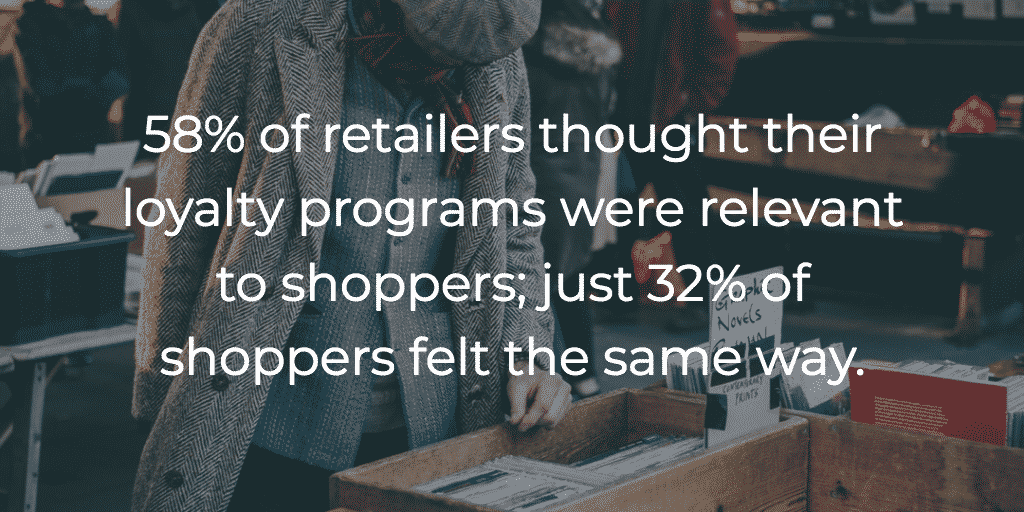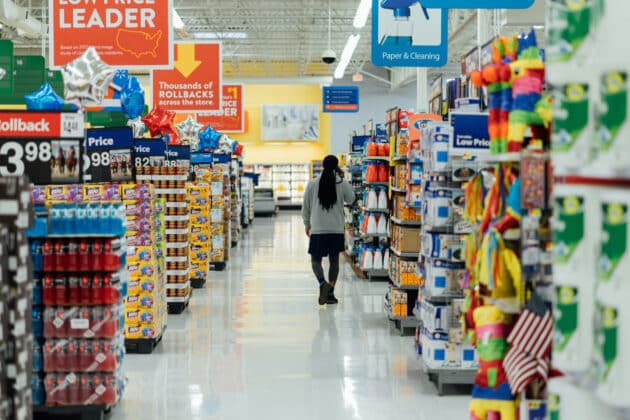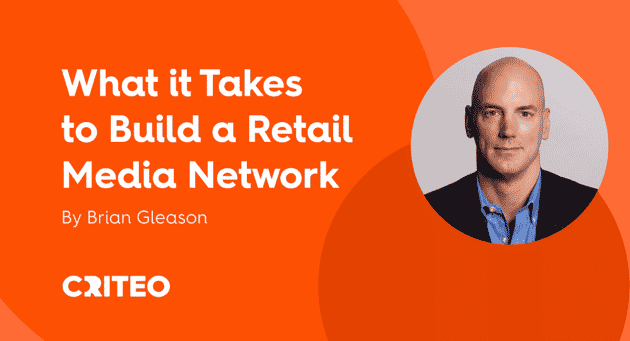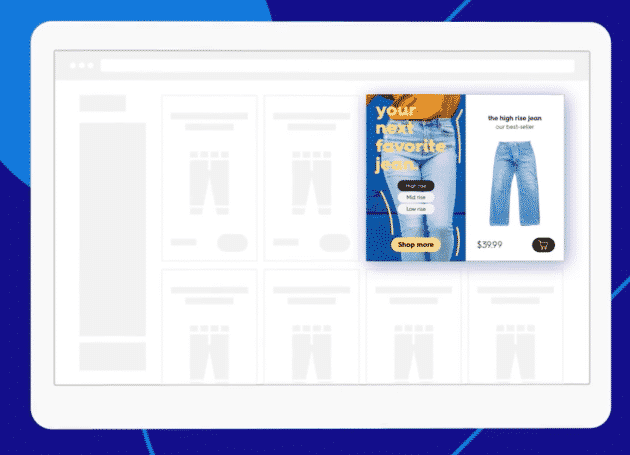Marketers rejoice! All your efforts to building customer loyalty really do have a benefit. Customer loyalty programs can be the difference between a long-lasting relationship and a single purchase.
Customer loyalty programs may even be stronger now than ever before. According to Oracle’s report Retail 2018: The Loyalty Divide, 40% of shoppers between ages 18-34 say they’re more loyal to brands now, than they were five years ago.
But the “divide”, according to Oracle, is that there’s a gap between how retailers and consumers view loyalty programs. While 58% of retailers thought their loyalty programs were relevant to shoppers, just 32% of shoppers felt the same way.
There’s plenty to benefit from a loyalty program that shoppers find relevant. In The Loyalty Report 2018, a global loyalty report by Bond Insights in partnership with Visa, 70% of study participants across sectors said they were more likely to recommend brands with good loyalty programs, 77% said loyalty programs made them more likely to continue doing business with a brand, and 63% said they were likely to “modify brand spend to maximize loyalty benefits.”
So you’ve got a loyalty program but you’re not seeing those results. Here are 5 reasons your loyalty program might be falling short, and what to do about it.
1. Your enrollment process is too difficult
If your loyalty program requires shoppers to provide too much information just to sign up, people may skip it completely. Try to keep it to two or three forms max – something like a participant’s name, email address, and birthdate to send out special birthday-related promotions.
If your loyalty program is asking for more sign up information beyond that – like a physical address, financial or occupation information – carefully consider why, and whether having that data makes it easier to provide more personalized deals to your shoppers. If it doesn’t, then you don’t probably don’t need it.
Remember, how your shoppers access the program is another key to getting them to join. If they’re not the type to carry around physical membership cards, they should be able to accumulate or redeem rewards by providing an email or phone number at check-out, or if they prefer mobile apps, make sure your customer loyalty app is easy to use and navigate.
2. It costs money to join.
Loyalty programs are meant to reward shoppers for spending money with your brand or store, so asking them to fork over extra dollars to be a part of something they feel should be free might not be the best way to invite loyalty. That’s not to say loyalty programs should never cost money, but it’s worth evaluating if what you’re charging is providing equivalent or more value in the shopper’s eye.
If paying an annual or one-time loyalty membership fee means free shipping every time they order, an annual birthday gift, or something else complimentary, then it makes sense to charge a fee. But if customers don’t see the value of paying the price to join the loyalty program, they simply won’t.
3. The benefits of your loyalty program aren’t clear.
Just as it’s important to make clear why you would want a shopper to pay to be a part of a loyalty program, it’s imperative to make the benefits of your loyalty program – free to join or not – crystal clear.
In “Loyalty in the Age of the Connnected Customer,” a report by Kobie Marketing, 27% of millennial respondents said they were turned away from loyalty programs that didn’t make benefits clear. And why not? Why should shoppers provide their data if they’re not clear what they’re going to get in return?
Take a look at your loyalty program and make sure what you’re offering is clear.
Does it mean having early access to sales and promotions? Invitations to special events? A 10% discount every month? If your program has various levels, make sure you make it clear what the benefits are at each level and that this information, whether online or in-store, is clear, well-written, and easily accessible by your shoppers.
4. It takes too long to earn and redeem points.
In this day and age of instant gratification, loyalty programs can’t wait too long to deliver benefits. According to the Kobie report, 25% of shoppers won’t join a loyalty program if it requires too many purchases to earn and redeem points.
If shoppers feel they have to spend too much money in relation to what they’ll get as a loyalty benefit, or shop too often, then they might not see a point in having joined the program in the first place. They could take their business elsewhere, where they’ll be rewarded sooner for their loyalty.
Marketers need to consider their products, price points, and product lifecycles and find the sweet spot between enticing shoppers to hit certain milestones or points levels in the loyalty program.
5. Your loyalty program offers aren’t great.

Let’s say you’ve got the program worked out, where customers are actively working towards their loyalty benefits. But then they drop off after one or two benefit redemption cycles or they simple haven’t come back to engage with the program. This might mean your loyalty offers are weak.
Put yourself in your shoppers’ shoes. What would make shoppers truly happy to be a part of your loyalty program, and ensure that they feel valued rather than being taken for granted? After all, they’ve provided their data and are probably looking for more than the occasional 10%-off email blast.
To keep your loyal shoppers loyal, provide stronger, personalized promotions depending on their interactions with your brand and get creative – perhaps host an in-store event with champagne and hors d’oeuvres for a product launch or new fashion line. Or send them an online gift card at their birthday, along with an in-store treat.
Get back in touch
With so much digital noise, the cost of getting something in front of customers often exceeds the ROI. And even shoppers familiar with your brand can be hard to reach. Email open rates stall at around 20% so you need to reach these shoppers across the web. While other tech partners might place the same value on all of your audiences, we know you need a partner with technology that values your CRM audiences based on their likeliness to convert.
Criteo Audience Match can help. Built to create personalized marketing campaigns that connect to your customers across the web, Criteo Audience Match helps you supercharge your loyalty efforts by connecting your CRM to Criteo’s unparalleled data set and reaching your existing customers wherever they are on the web.
Criteo Audience Match leverages the full capabilities of the Shopper Graph’s Identity Graph, which, an integral part of Criteo Shopper Graph, contains 2B global cross-device IDs and has over 10,000 participating clients. Our technology helps you accurately target and re-engage your customer base with dynamic paid display ads across web, mobile browsers, and apps.
Criteo Audience Match can be optimized for a variety of use cases, from seasonal promotions to bringing your offline shoppers online. And with our unparalleled set of shopper data, machine learning-fueled technology, and your robust loyalty offerings, you can build and enhance customer relationships for years to come.
To learn more about Criteo Audience Match, talk to a Criteo representative today!



















